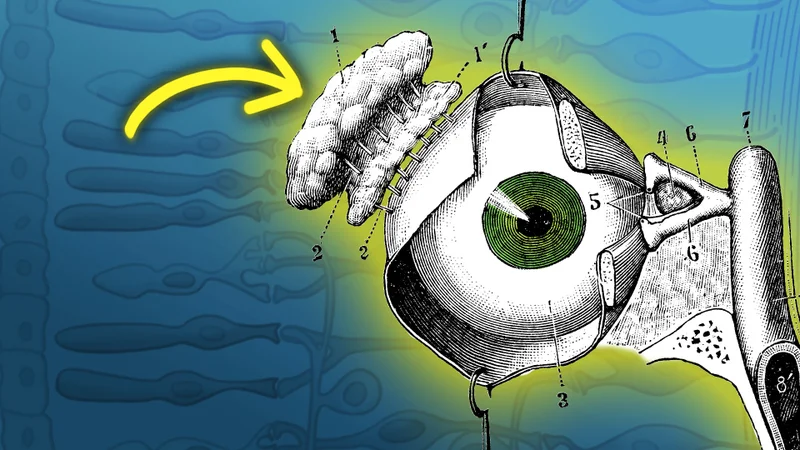To have a 576-megapixel resolution implies to establish a screen with an image so sharp and clear that you can’t differentiate the individual pixels, you would need about 576 million pixels into an area the size of your field of sight.
To get to this number, Dr. Clark assumed optimal visual acuity across the field of view; that is, it assumes that your eyes are moving around the scene before you. But in a single snapshot-length glance, the resolution drops to a fraction of that: around 5–15 megapixels.

This is because your eyes have a lot of weaknesses that wouldn’t be reasonable for a camera. You only see high resolution in a very tiny area in the center of your sight, called the fovea.
You have a blind spot where your optic nerve meets up with your retina. You move your eyes around a scene not only to take in additional information but to amend for these imperfections in your visual system.
Read Also: The Story Behind The Making Of ‘Lamborghini’ Car Brand
Factually, the human eye is not a camera lens, taking snapshots to save in your memory bank. It is just like a detective, collecting clues from your environment, then taking them back to the brain to put the pieces concurrently and form a perfect picture.
There’s clearly a screen resolution at which our eyes can not distinguish pixels but when it comes to our daily optical experience, talking in megapixels is way too simple.
Poet Nazir is a writer and an editor here on ThePoetsHub. Outside this space, he works as a poet, screenwriter, author, relationship adviser and a reader. He is also the founder & lead director of PNSP Studios, a film production firm.










